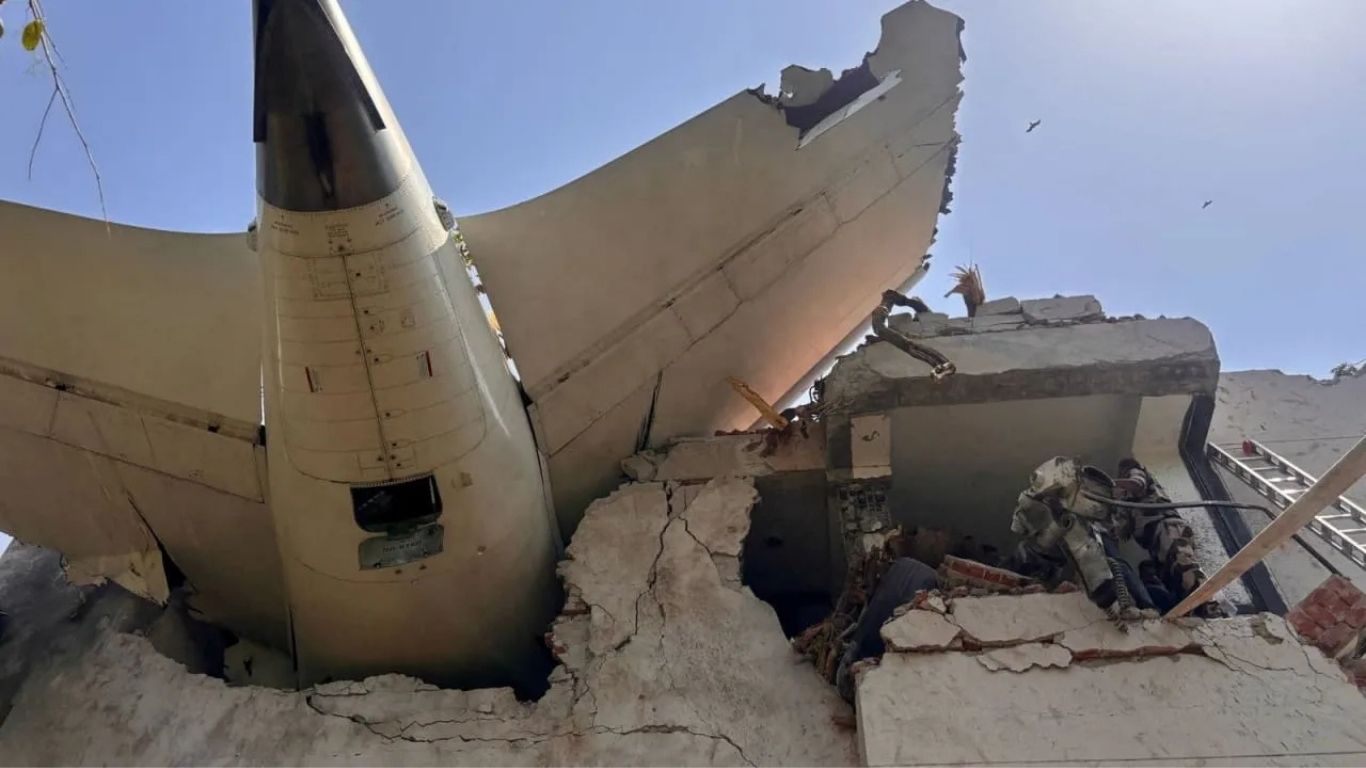Intro: SpaceX’s Starlink satellites are wiring the globe—what’s the cost? Recent research suggests that they have the potential to harm Earth’s ozone layer, prompting urgent scientific and global governance issues.
In January 2025, the nighttime sky erupted into man-made meteor showers as approximately 120 SpaceX Starlink satellites incinerated in the Earth’s atmosphere. While these breathtaking spectacles amazed the public around the world, experts warn of the less radiant yet far more sinister byproduct: the potential harm that the Earth’s ozone layer might sustain. As the world’s reliance on satellite -mosaics like Starlink grows stronger, the ecological cost for these technological wonders is no longer being able to turn a blind eye.
Types of LEO satellites
LEO satellites such as Elon Musk’s Starlink constellation orbit between 550 and 1,200 kilometers around Earth. Intended to provide global net coverage, these satellites are densely filled with aluminum and have lifespans of five years. SpaceX has deposited around 8,000 into orbit since May 2019 when the first batch of 60 Starlink satellites were sent into orbit. Up to 42,000 more are in the pipeline. Amazon’s aggressive growth plans are being matched by the likes of Amazon itself, which plans on launching between 3,000 and 13,000 satellites into orbit. Over 28,000 are in orbit by the European Space Agency’s count, most in LEO, detailing the saturated orbit.
These satellites are also sustainable: after they’ve reached the end of useful life, they’re purposefully propelled out of orbit so orbits aren’t filled up with garbage. Under onboard propulsion systems, they’re steered re-entry into the atmosphere where they’re incinerated at 27,000 kilometers per hour. While purifies the space environment, this triggers the chain of effects on the planet.
Aluminum Oxide Dangers
When the satellite re-enters the atmosphere, the intense frictional heat—created by colliding into thick air—incinerates the majority of the material. In the case of the typical 250-kilogram Starlink spacecraft, approximately 40% is aluminum that gets transformed into approximately 30 kilograms of aluminum oxide nanoparticles upon the intense return. These particles that are dropped in the mesosphere (between 50–80 kilometers above the Earth) remain within the upper atmosphere and trickle down into the stratosphere—where the ozone layer that protects the Earth from harmful ultraviolet (UV) radiation exists.
Researchers at the University of Southern California’s Astronautical Engineering department have found that the metal oxide form of aluminum acts as a catalyst that accelerates chemical reactions involving chlorine—much in the manner that the highly destructive chlorofluorocarbons (CFCs) were banned by the 1987 Montreal Protocol. While the metal oxide itself does not destroy ozone molecules, one particle may enable the destruction of several thousand ozone molecules within decades and pose a long-term threat to the essential atmospheric layer.
Mounting Concerns
Scientific evidence emphasizes the growing scale of the problem. NASA’s 2023 high-altitude tests above Alaska revealed the presence of aluminum and other metals from re-entries into satellites in stratospheric aerosols, confirming a detectible chemical signature. Between the years 2016 and 2022, atmospheric levels of aluminum oxide doubled eightfold, following the exponential expansion of satellite constellations. During the year 2022 alone, re-entries into the atmosphere dumped 41.7 tonnes of aluminum—30% more than from natural micrometeoroid origin. If the current rates are maintained, this will reach up to 360 tonnes annually, amounting to a 646% increase above natural inputs.
The danger is the timing: 20–30 years might elapse before these particles fall into the ozone layer, so the full impact of today’s re-entries won’t be evident until decades later. Modeling suggests that, in the worst-case situations, this will contribute 0.05% per year additional ozone loss over Antarctica—maybe stopping or reversing the recovery of the layer from past depletion.
A Regulatory Vacuum
Despite such warnings, there exists no strict regime controlling the atmospheric impact of re-entries from satellites. In the United States, the Federal Communications Commission licenses the likes of Starlink mega-constellations but does not analyze re-entry waste or ozone danger. Commercial satellites also remain outside the ambit of the National Environmental Policy Act’s environmental review. International cooperation also hasn’t done any better; the UN Committee on the Peaceful Uses of Outer Space has only just started discussing space sustainability, and there are no re-entry pollution agreements that are legally binding.
Potential Solutions
Scientists warn that something must be done quickly. Satellite manufacturers would search for alternatives for aluminum or craft spacecraft that would thrust themselves into higher “graveyard orbits” where they would remain forever and never re-enter the atmosphere. That would cost more fuel and would just delay the problem. The ESA’s Zero Debris mission to prevent new orbiting waste by the year 2030 has SpaceX negotiating the terms as of October 2024, which suggests international cooperation.
Balancing Progress and Preservation
LEO satellites have revolutionized global connectivity by bridging digital gaps and spurring innovations. There is a cost to the technological leap—the potential one that will drain the ozone layer and expose life on Earth to additional UV light. As SpaceX and others scramble to take hold of the heavens, the issue at hand is if the world might be able to tap the potential gains from satellite map constellations without sabotaging the shield the planet enjoys. If not the fast pace of regulatory and technological advancements, the sparkling trails of satellites that have disintegrated might bring about the new age of communication and also the environmental catastrophe decades in the waiting.




